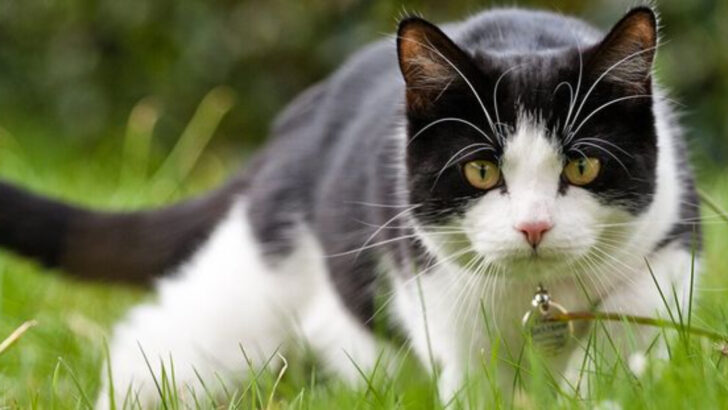Your cat knows something you don’t.
Before the storm rolls in, before the earthquake rumbles, before you even sense that something is different—your feline friend is already on high alert. Cats don’t just see the world; they feel it in ways we can’t begin to understand.
With razor-sharp senses, they pick up on the tiniest shifts in temperature, vibrations, and even human emotions. That sudden head tilt? The wide-eyed stare at nothing? It’s not just random cat behavior—they’re detecting changes long before we do.
So, what exactly are they picking up on, and how do they do it? Let’s unravel the mystery of the feline sixth sense and explore 13 eerie ways cats notice what humans miss.
Sensing Vibrations

Cats are known for their acute sense of hearing. They can detect vibrations with their sensitive paws and ears, making them aware of distant movements or approaching footsteps. In a quiet room, a cat may suddenly become alert, picking up on a vibration that humans cannot perceive. This ability helps them sense changes in their environment, such as someone walking up the stairs or a distant door closing. Their whiskers also play a crucial role in detecting air currents caused by movement, further enhancing their awareness of their surroundings.
Enhanced Sense of Smell
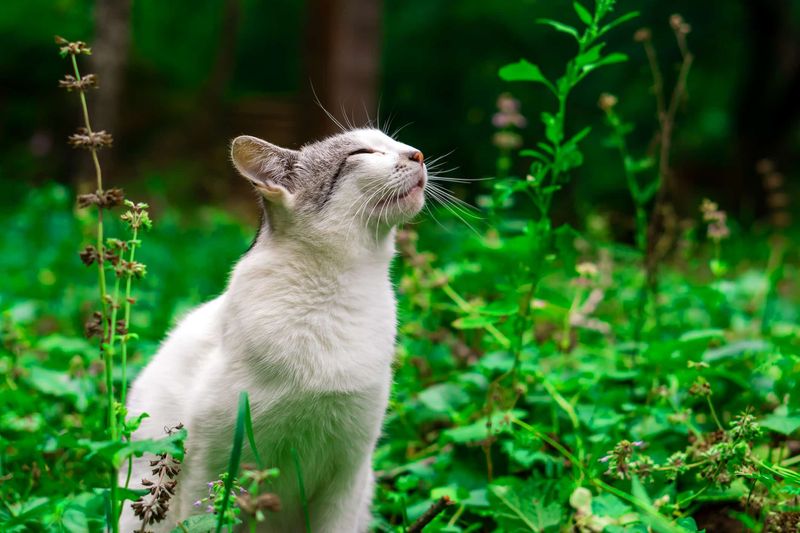
Cats have an exceptional sense of smell, far superior to that of humans. They can detect chemical changes in the air, such as the presence of another animal or a change in the weather. This heightened olfactory sense allows them to discern subtle differences in their environment, like the scent of rain approaching or a new animal entering their territory. By sniffing the air, cats gather vital information about their surroundings, making them aware of changes that humans might miss entirely. Their sense of smell is a crucial tool in their environmental awareness.
Acute Hearing Abilities
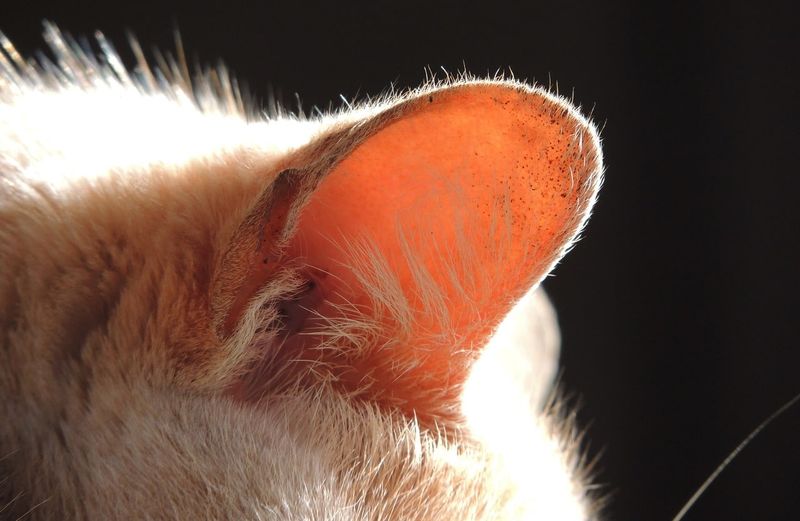
Cats possess remarkable hearing abilities, allowing them to detect sounds at a much higher frequency than humans. This keen sense enables them to hear a mouse scurrying in the walls or birds chirping in a distant tree. Their ears can rotate independently, helping them pinpoint the exact location of a sound. This acute hearing not only aids in hunting but also alerts them to changes in their environment, such as an approaching thunderstorm or a distant car engine. Their ability to hear even the faintest sounds keeps them constantly aware and vigilant.
Whisker Sensitivity
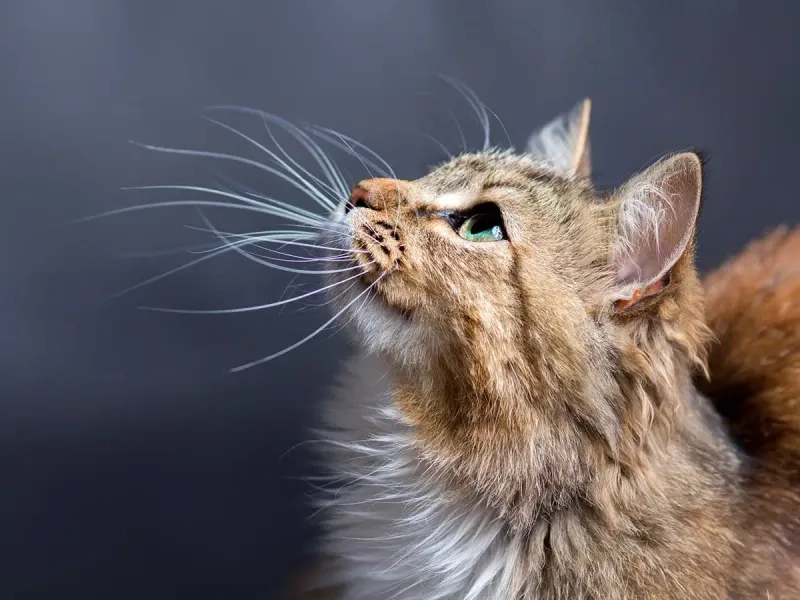
A cat’s whiskers are incredibly sensitive and can detect the slightest changes in their surroundings. These tactile hairs help them sense objects nearby, even in complete darkness, by picking up subtle air currents. If something moves or changes position, a cat’s whiskers will alert them to this new development. This sensitivity is crucial for navigating tight spaces or sensing potential threats. Whiskers also play a role in social interactions, helping cats gauge the mood and intentions of other animals. This sensitivity makes them aware of changes that might go unnoticed by humans.
Night Vision

Cats have excellent night vision, enabling them to see in low-light conditions far better than humans. Their eyes contain more rod cells, which are sensitive to dim light, allowing them to detect movement and changes in their environment even in near-darkness. This ability is especially useful for hunting at night or sensing nocturnal predators. In a darkened room, a cat can navigate and respond to changes with ease, spotting the smallest of movements that a human might overlook. Their night vision is a testament to their adaptability and awareness of their surroundings.
Detecting Emotional Changes

Cats are remarkably attuned to human emotions and can detect subtle changes in their owner’s mood or behavior. They can sense stress, anxiety, or sadness through changes in body language, tone of voice, and even scent. When a human is upset, a cat may respond by offering comfort or becoming more affectionate. Their ability to detect these emotional changes helps them bond with their owners and adapt to shifts in the household dynamic. This emotional sensitivity is part of what makes cats such empathetic and intuitive companions.
Barometric Pressure Sensitivity

Cats are sensitive to changes in barometric pressure, which often indicates a shift in the weather. As a storm approaches, cats may become restless or seek shelter, sensing the drop in pressure that humans might not notice. This sensitivity helps them prepare for incoming weather changes, such as rain or thunderstorms. By observing a cat’s behavior, humans might gain insights into impending weather patterns. This natural ability to detect atmospheric changes is a survival skill that has been honed over generations, keeping cats alert to environmental shifts.
Routine Observation

Cats are creatures of habit and keen observers of routine. They quickly notice when something in their environment deviates from the norm, such as a new piece of furniture or a change in their feeding schedule. This attentiveness to routine helps them detect and adapt to changes that might otherwise go unnoticed. If a cat becomes wary or curious, it might be responding to a subtle shift in its environment. Such keen observation skills ensure that they stay aware of their surroundings, maintaining a sense of security and control.
Temperature Sensitivity

Cats are highly sensitive to temperature changes in their environment. They seek out warm spots to bask in the sun or cozy up near a heater. A sudden drop or rise in temperature can alert a cat to a change in weather or the presence of an open window or door. This sensitivity ensures they remain comfortable and respond quickly to environmental changes. By observing a cat’s behavior, humans can gain insight into temperature shifts that might otherwise be overlooked. This temperature awareness is part of their survival instincts.
Monitoring Insect Activity
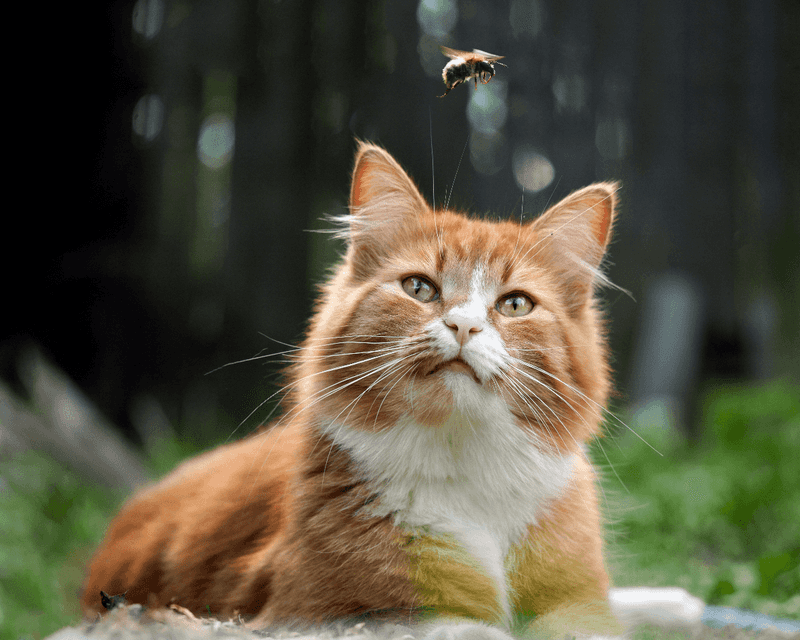
Cats are naturally curious and attentive to small movements, such as insects in their environment. They can detect the slightest rustle of a leaf caused by a crawling bug or the fluttering of a moth’s wings. This keen observation helps them notice changes in their surroundings, as an increase in insect activity may indicate a change in weather or the presence of food sources. Cats often engage with insects, showcasing their hunting instincts and acute awareness of even the tiniest environmental changes. Their ability to monitor insect activity keeps them entertained and alert.
Tactile Exploration
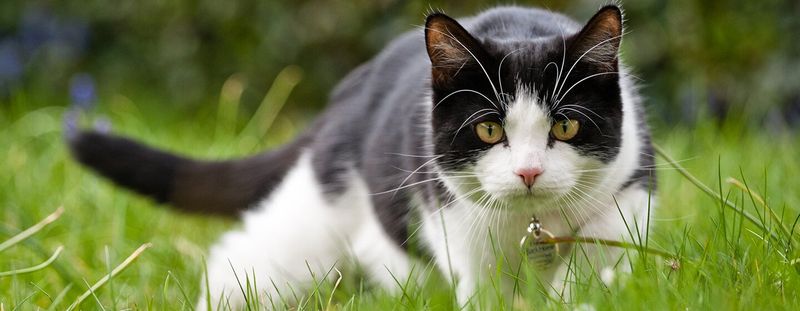
Cats use their paws to explore and understand their environment through touch. This tactile exploration allows them to detect changes in texture, temperature, or object placement. If something new appears in their home, a cat will likely investigate it with a gentle paw tap, feeling its texture and weight. This behavior ensures they remain aware of modifications in their environment, no matter how small. The tactile curiosity displayed by cats is an essential part of their interaction with the world, helping them adapt to and understand changes around them.
Detecting Electromagnetic Fields
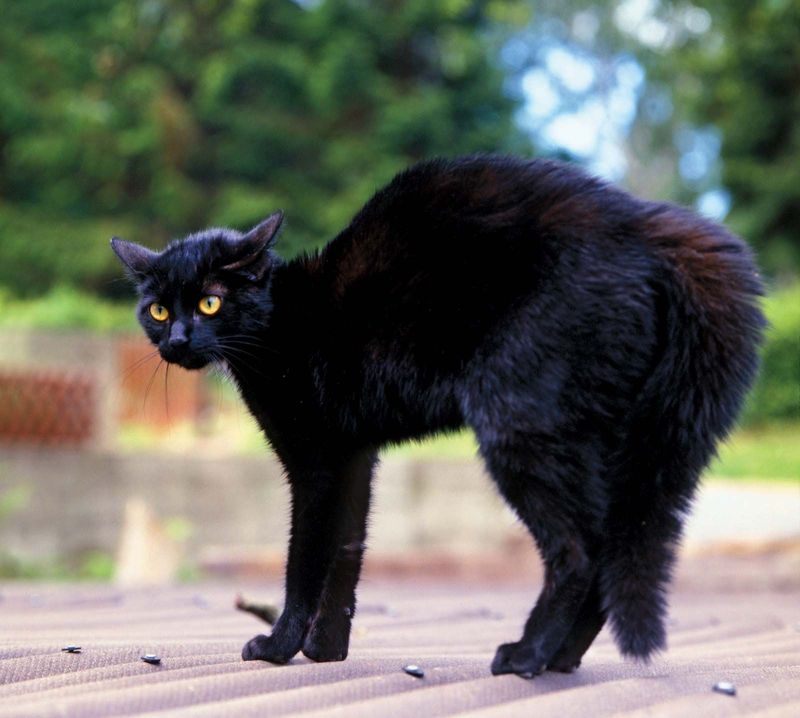
Cats are believed to have the ability to detect electromagnetic fields, which emanate from various electronic devices. They may become curious or agitated when near televisions, computers, or other gadgets, sensing the fields emitted by these devices. This sensitivity helps them detect changes in their environment related to electronic activity. Although this ability is not fully understood, many cat owners have observed their pets reacting to electronic equipment. This unique sensitivity to electromagnetic fields is another way cats stay aware of their surroundings and any changes that occur within them.
Sensory Memory
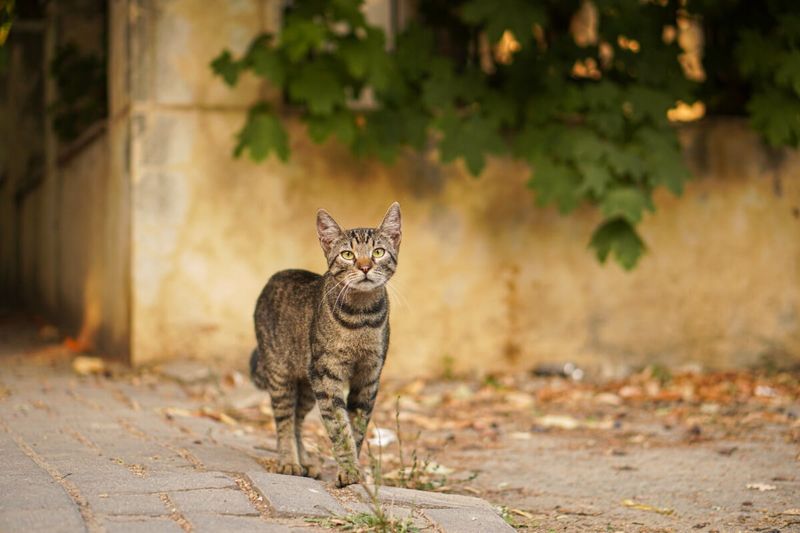
Cats possess impressive sensory memory, allowing them to recall past experiences and changes in their environment. They can remember the location of objects, the paths they take around the house, and even the sounds associated with specific events. This memory helps them detect inconsistencies, such as a moved object or an unfamiliar sound. Their ability to remember and recognize environmental changes ensures they stay alert and responsive. By relying on their sensory memory, cats can navigate their world with confidence and adapt to new developments with ease.

